RCMP Vehicle Specs & Features Explained
Did you know that the RCMP (Royal Canadian Mounted Police) has the largest law enforcement land fleet in North America, with approximately 12,000 on-road vehicles?
These vehicles include both light-duty policing vehicles such as patrol cars and special service vehicles like transport vans and pickup trucks. The RCMP fleet consists mainly of vehicles produced by American automakers, with models from the Big Three (Ford, General Motors, and Chrysler) being the most common. The fleet offers a variety of police packages, including pursuit packages for regular patrol duties and special service packages for specific tasks. While there is no standardized vehicle livery design, each RCMP agency has its own unique design.
Key Takeaways:
- The RCMP has the largest law enforcement land fleet in North America, with approximately 12,000 on-road vehicles.
- The fleet consists mainly of vehicles produced by American automakers.
- There are different police packages available, including pursuit packages for regular patrol duties and special service packages.
- Each RCMP agency has its own unique vehicle livery design.
History of Police Vehicles
Let’s delve into the fascinating history of police vehicles, tracing back to the advent of law enforcement transportation. Over the years, police departments worldwide have utilized an array of vehicle models to carry out their patrol duties.
The journey began in 1899 when the Akron Police Department introduced the world’s first police car, an electric wagon. Since then, the evolution of police vehicles has been marked by notable milestones and advancements.
In the United States and Canada, Ford has played a prominent role in shaping the trajectory of police vehicles. In 1932, Ford revolutionized the industry by introducing the flathead V-8 engine in the Ford Model 18, garnering significant attention from law enforcement agencies.
The 1940s and 1950s witnessed the “Big Three” automakers (Ford, General Motors, and Chrysler) stepping up their game, offering specialized police packages equipped with heavy-duty components. Notably, the 1950 Ford package incorporated a larger and more powerful Mercury engine within a smaller, lighter Ford frame.
1969 was a milestone year for the police vehicle market as Plymouth became the leading brand, courtesy of its robust V8 engines. In 1996, the iconic Ford Crown Victoria Police Interceptor took the spotlight, replacing the Chevrolet Caprice and dominating police fleets for years. Recent times have brought forth an increasing market share for models such as the Chevrolet Impala, Chevrolet Tahoe, and Dodge Charger.
Witnessing the evolution of police vehicles is not only an intriguing reflection of technological advancements but also highlights the commitment of law enforcement agencies to stay at the forefront of innovation.
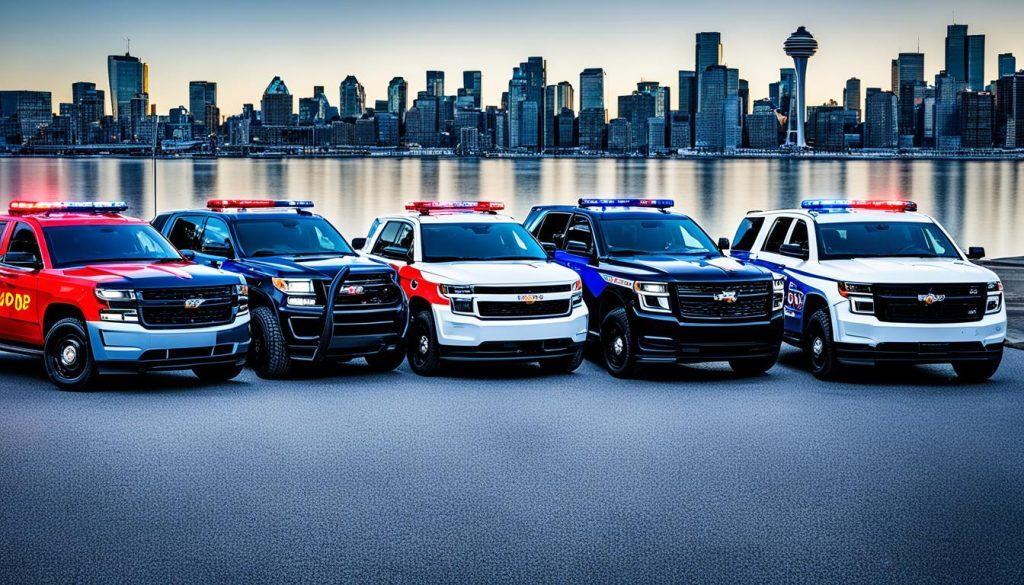
| Year | Significant Milestone |
|---|---|
| 1899 | The Akron Police Department introduces the world’s first police car – an electric wagon |
| 1932 | Ford’s introduction of the flathead V-8 engine in the Ford Model 18 revolutionizes police vehicles |
| 1940s-1950s | “Big Three” automakers offer specialized police packages with heavy-duty parts |
| 1969 | Plymouth becomes the leading brand in the police vehicle market with its powerful V8 engines |
| 1996 | Ford Crown Victoria Police Interceptor replaces the Chevrolet Caprice as a popular choice among police fleets |
Common Police Vehicles
The RCMP fleet consists of various types of vehicles used for different purposes. We rely on a range of patrol cars and special service vehicles to meet the diverse needs of law enforcement.
Patrol Cars
Our patrol cars are designed for regular patrol duties and equipped with features that enhance law enforcement capabilities. Some common patrol cars in the RCMP fleet include:
- Ford Police Interceptor Utility (based on the Ford Explorer)
- Dodge Charger Pursuit
- Chevrolet Tahoe PPV
These vehicles provide reliable performance, durability, and maneuverability necessary for effective policing.
Special Service Vehicles
In addition to patrol cars, the RCMP utilizes special service vehicles tailored for specific tasks and operations. These vehicles play a crucial role in supporting our various law enforcement functions. Some examples of specialized vehicles in our fleet include:
- Transport vans
- Pickup trucks
- SUVs
The specialized vehicles are used for tasks such as transporting prisoners, SWAT operations, and off-road patrols. They are designed with features and modifications that enhance their capabilities in these specific areas.
Popular models in the special service vehicle category include the Ford F-150 Police Responder, Chevrolet Suburban, and Dodge Durango Pursuit.
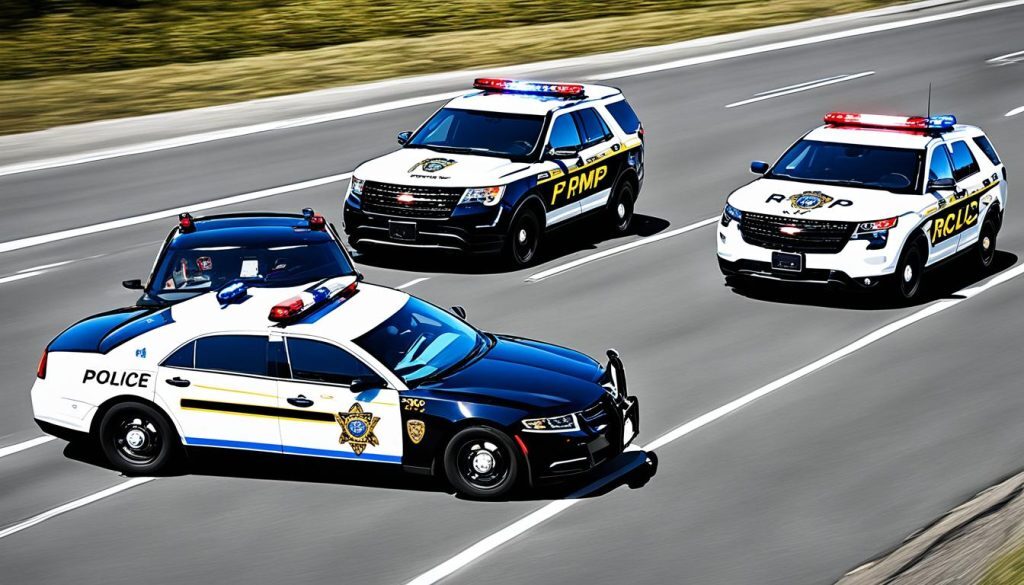
| Patrol Cars | Special Service Vehicles |
|---|---|
| Ford Police Interceptor Utility (based on the Ford Explorer) | Transport vans |
| Dodge Charger Pursuit | Pickup trucks |
| Chevrolet Tahoe PPV | SUVs |
Vehicle Decommissioning Process
When it comes to the decommissioning of RCMP vehicles, the process involves careful management and adherence to established controls and procedures. Each year, approximately 1,500 vehicles are decommissioned at various locations across Canada. Given the large volume of vehicles involved, the decommissioning process can be complex.
In January 2021, the Federal Minister of Public Safety temporarily suspended the sale of decommissioned RCMP vehicles. This decision was made in order to review the policies and practices related to the use of vehicles after decommissioning, ensuring that they are not misused for criminal purposes or modified to impersonate policing vehicles.
Recognizing the need for improvement, the RCMP is actively working on strengthening the governance framework, enhancing cost tracking, and improving monitoring and oversight of the decommissioning process. These initiatives aim to enhance the transparency and accountability of vehicle decommissioning within the RCMP.
By implementing robust controls and processes, the RCMP is committed to ensuring that decommissioned vehicles are properly disposed of and that they do not pose any risks to public safety.
Below is an overview of the measures being taken to enhance the decommissioning process:
- Strengthening the governance framework to ensure clear guidelines and protocols.
- Enhancing cost tracking to ensure transparency and accountability.
- Improving monitoring and oversight to prevent any misuse or unauthorized use of decommissioned vehicles.
The RCMP is dedicated to continually evolving and refining its decommissioning processes to meet the highest standards of safety and security.
RCMP Vehicle Decommissioning Measures
| Measures | Description |
|---|---|
| Strengthening Governance | Enhancing guidelines, protocols, and standards to ensure effective control and management of vehicle decommissioning. |
| Enhancing Cost Tracking | Improving systems and procedures for tracking and reporting the costs associated with decommissioning activities. |
| Improving Monitoring and Oversight | Implementing mechanisms to monitor and oversee the decommissioning process to prevent misuse and unauthorized use of decommissioned vehicles. |
The table above summarizes the key measures being undertaken by the RCMP to enhance the decommissioning process and ensure the responsible disposal of vehicles.
Vehicle Disposal Methods
When it comes to disposing of decommissioned RCMP vehicles, we have various options available. The RCMP works closely with Public Services and Procurement Canada, specifically GCSurplus, as the Federal disposal authority. Our aim is to ensure that the vehicle disposal process is conducted in a secure and efficient manner, preventing these vehicles from falling into the wrong hands. Let me explain the disposal options we utilize:
1. Public Auctions
GCSurplus conducts public auctions to sell decommissioned RCMP vehicles. These auctions provide an opportunity for interested buyers to bid on the vehicles, ensuring a fair and transparent process. Public auctions allow us to reach a wider audience and attract potential buyers who may offer the best value for the vehicles.
2. Negotiated Sales
In certain cases, GCSurplus may resort to negotiated sales for disposing of RCMP vehicles. This method involves direct negotiations with prospective buyers, providing flexibility in terms of pricing and specific conditions. Negotiated sales allow for tailored agreements that meet the needs of both parties involved.
3. Online Marketplaces
As part of our disposal strategy, we leverage online marketplaces to sell decommissioned RCMP vehicles. These platforms offer a wider reach, attracting buyers from various locations. Additionally, online marketplaces provide convenience and accessibility for interested buyers, facilitating a seamless sales process.
By utilizing these disposal methods, we ensure that decommissioned RCMP vehicles are sold to legitimate buyers, mitigating the risk of unauthorized use or potential harm. Our collaboration with GCSurplus enables us to adhere to proper disposal protocols and prioritize the security of these vehicles.
| Disposal Method | Advantages |
|---|---|
| Public Auctions |
|
| Negotiated Sales |
|
| Online Marketplaces |
|
Challenges and Solutions
Managing a large vehicle fleet like the RCMP’s poses several challenges that require careful attention and strategic solutions. By addressing these challenges, the RCMP can improve their vehicle management practices, ensuring the fleet’s efficiency and effectiveness.
Improved Documentation of Decommissioning Processes
One of the challenges faced by the RCMP is the need for enhanced documentation of decommissioning processes. Accurate and detailed documentation is crucial to ensure the proper disposal of vehicles and prevent misuse. By implementing standardized procedures and recording comprehensive information, the RCMP can track and verify the decommissioning process from start to finish.
Enhanced Cost Tracking
Effective cost tracking is essential for managing the RCMP’s vehicle fleet. With a large number of vehicles, accurate cost tracking allows for better budget allocation and resource management. By implementing robust systems and processes, the RCMP can ensure that costs associated with vehicle maintenance, fuel consumption, and decommissioning are accurately recorded and analyzed.
Stronger Monitoring and Oversight Mechanisms
To maintain the integrity of the RCMP vehicle fleet, stronger monitoring and oversight mechanisms are needed. Regular inspections and audits of vehicles, as well as tracking their usage and maintenance records, can help identify issues and ensure compliance with policies and regulations. By implementing proactive monitoring measures, the RCMP can identify areas for improvement and take appropriate action to address any concerns.
The RCMP acknowledges these challenges and is actively working towards implementing effective solutions. By strengthening the governance framework, increasing transparency through reporting of decommissioning activities, and conducting an environmental scan to identify best practices in vehicle disposal, the RCMP aims to improve their vehicle management practices and ensure the optimal use of resources.
| Challenges | Solutions |
|---|---|
| Improved documentation of decommissioning processes | Implement standardized procedures and comprehensive record-keeping |
| Enhanced cost tracking | Implement robust systems and processes for accurate cost recording |
| Stronger monitoring and oversight mechanisms | Regular inspections, audits, and tracking of usage and maintenance records |
Future Trends in RCMP Vehicles
As technology continues to advance, police vehicles are also evolving to meet the changing needs of law enforcement agencies. In the future, we can expect to see exciting advancements in RCMP vehicle trends and advancements in police vehicle technology.
Vehicle Connectivity
Connected vehicles are set to revolutionize law enforcement operations. By leveraging advanced communication technologies, these vehicles can provide real-time data to improve situational awareness and response times. The RCMP can benefit from enhanced connectivity that enables seamless integration of data between vehicles, control centers, and officers in the field.
Electrification
In an effort to reduce emissions and operational costs, the adoption of electric vehicles is on the rise. Electric police vehicles offer a more sustainable and environmentally friendly alternative to traditional combustion engines. The RCMP can explore electrification options to create a greener and more efficient fleet.
Autonomous Capabilities
The development of autonomous vehicles holds great promise for law enforcement agencies. Autonomous capabilities can enhance safety and efficiency in certain operations, such as surveillance missions or perimeter patrols. The RCMP can assess the potential integration of autonomous technologies into their fleet to optimize resource allocation and enhance operational effectiveness.
As RCMP vehicle trends continue to progress, it is essential for the RCMP, like other police agencies, to stay updated and adapt to these advancements. By embracing vehicle connectivity, exploring electrification options, and assessing autonomous capabilities, the RCMP can maintain a modern and efficient vehicle fleet that meets the evolving demands of law enforcement.
Conclusion
In conclusion, the RCMP vehicle fleet offers a diverse range of vehicles designed to meet the specific needs of law enforcement. Whether it’s a patrol car or a special service vehicle, each vehicle is equipped with features that prioritize safety, enhance performance, and improve operational capabilities. The RCMP is steadfast in its commitment to continually improve the management of its vehicle fleet, particularly in the decommissioning and disposal processes. By implementing robust controls, enhancing cost tracking, and strengthening oversight mechanisms, the RCMP ensures that decommissioned vehicles are properly disposed of and protected from potential misuse for criminal purposes.
As advancements in technology and vehicle design continue to evolve, the RCMP is dedicated to staying ahead of the curve. The RCMP understands the importance of adapting to future trends to maintain an efficient and effective fleet. From vehicle connectivity to electrification and autonomy, the RCMP will actively assess the applicability of these advancements to its fleet, ensuring that its vehicles remain equipped with the latest features and technologies.
In summary, the RCMP vehicle fleet stands as a testament to the commitment of the force in providing the best possible tools for law enforcement officers. With a focus on safety, performance, and operational capabilities, the fleet is constantly being improved to meet the ever-changing demands of the job. The RCMP’s dedication to responsible vehicle decommissioning and disposal further underscores its commitment to preventing potential misuse. As technology continues to advance, the RCMP will embrace future trends to ensure that its fleet remains at the forefront of law enforcement innovation.
- The Role of Police in Community Safety & Unity - October 6, 2025
- Quebec Police Officer Salary Insights 2023 - July 13, 2025
- Canada Arrest Protocol: What Police Say Upon Arrest - June 12, 2025
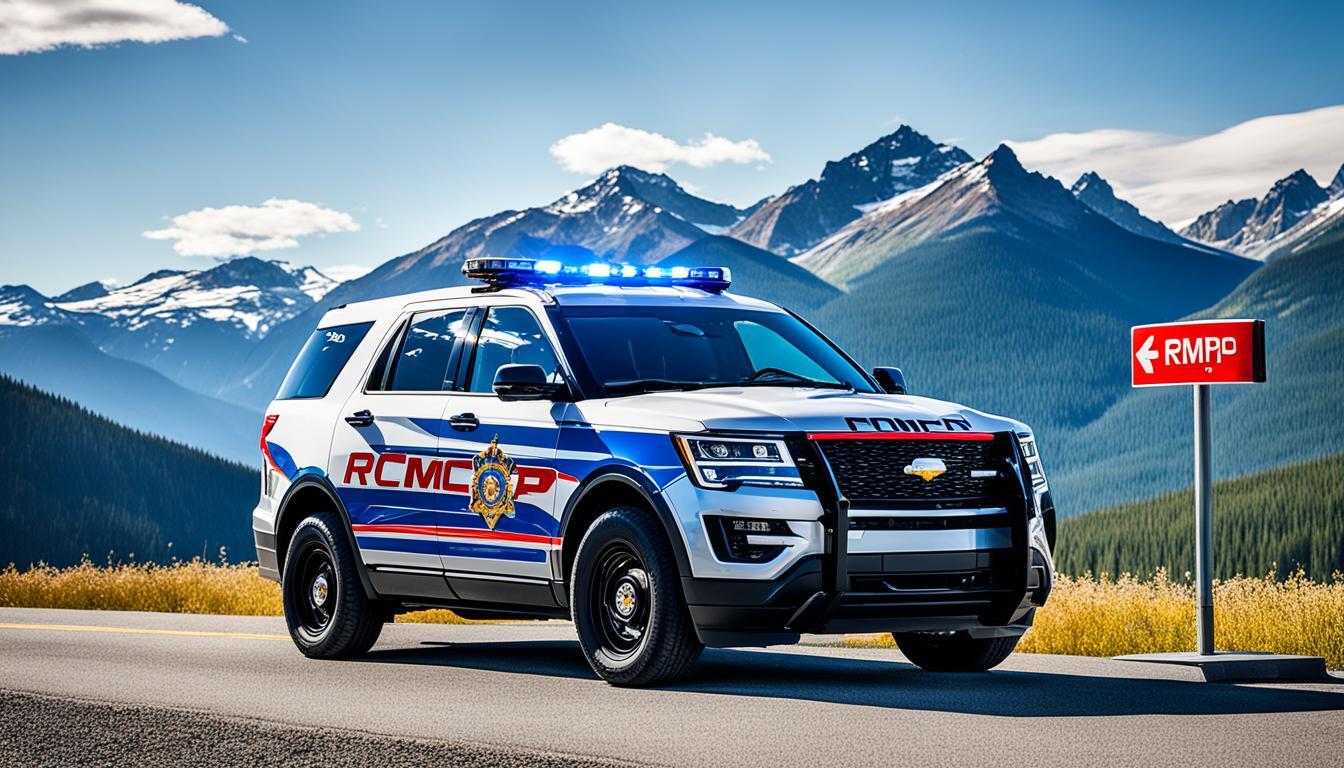
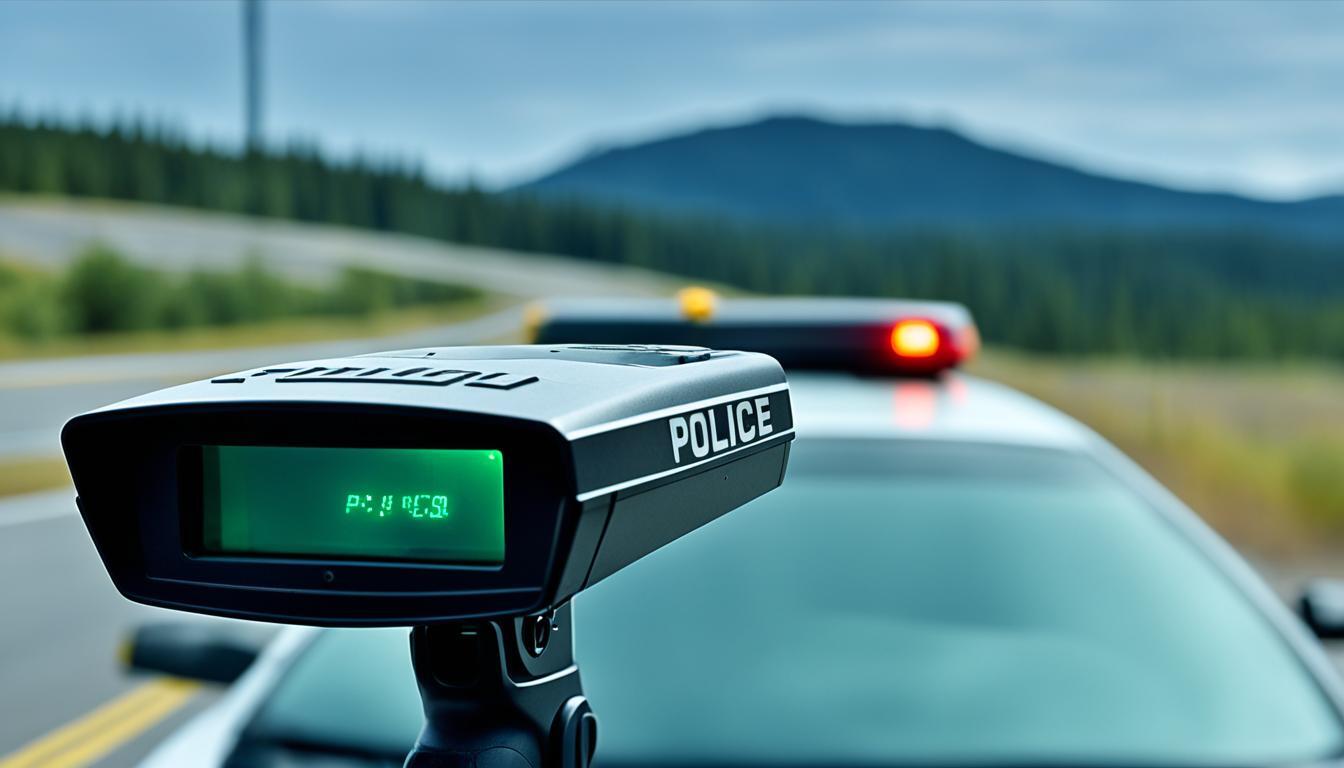
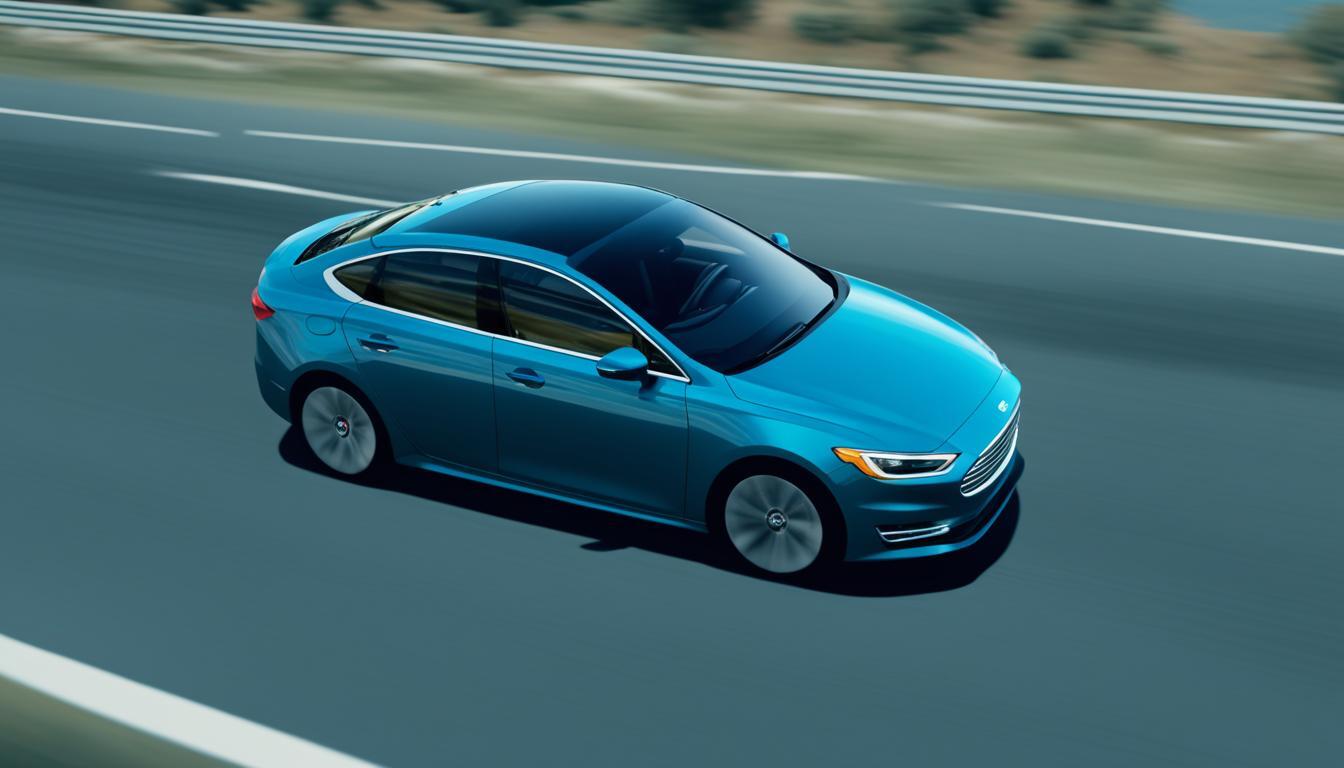
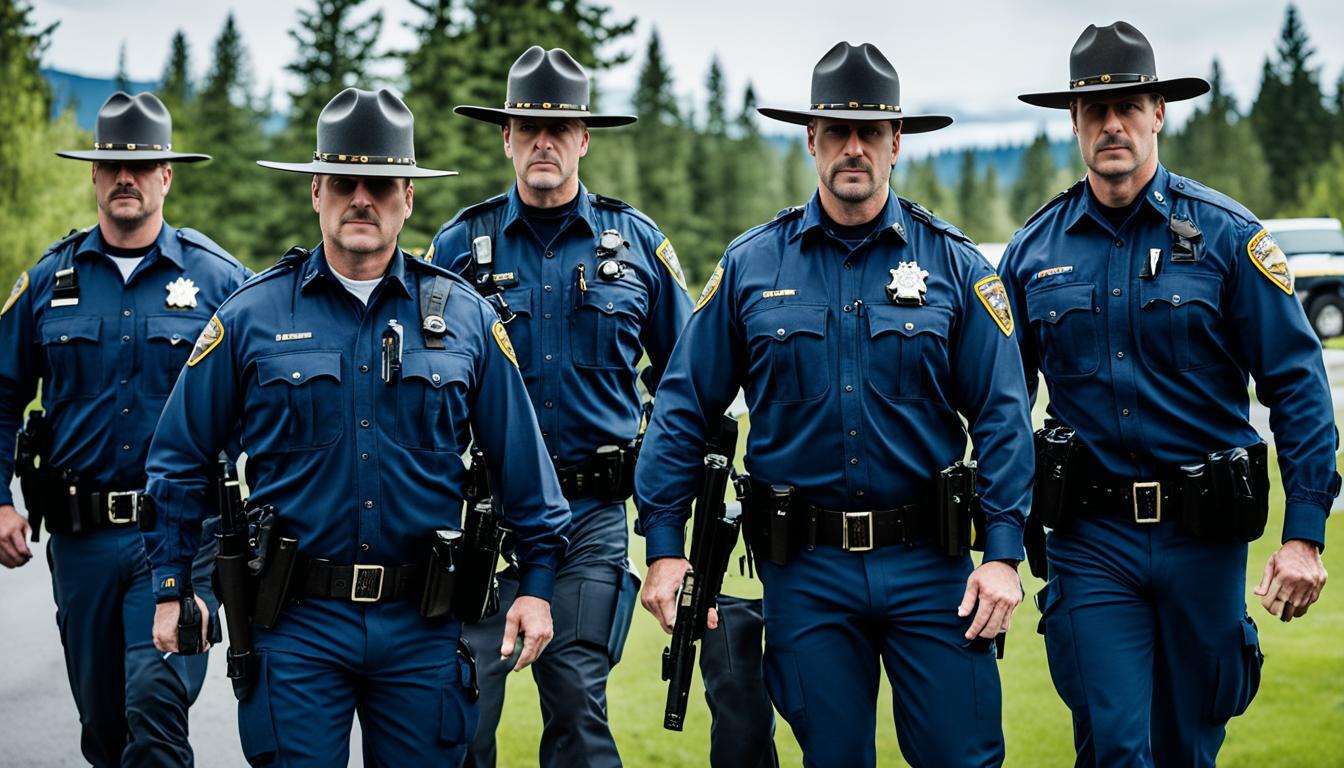

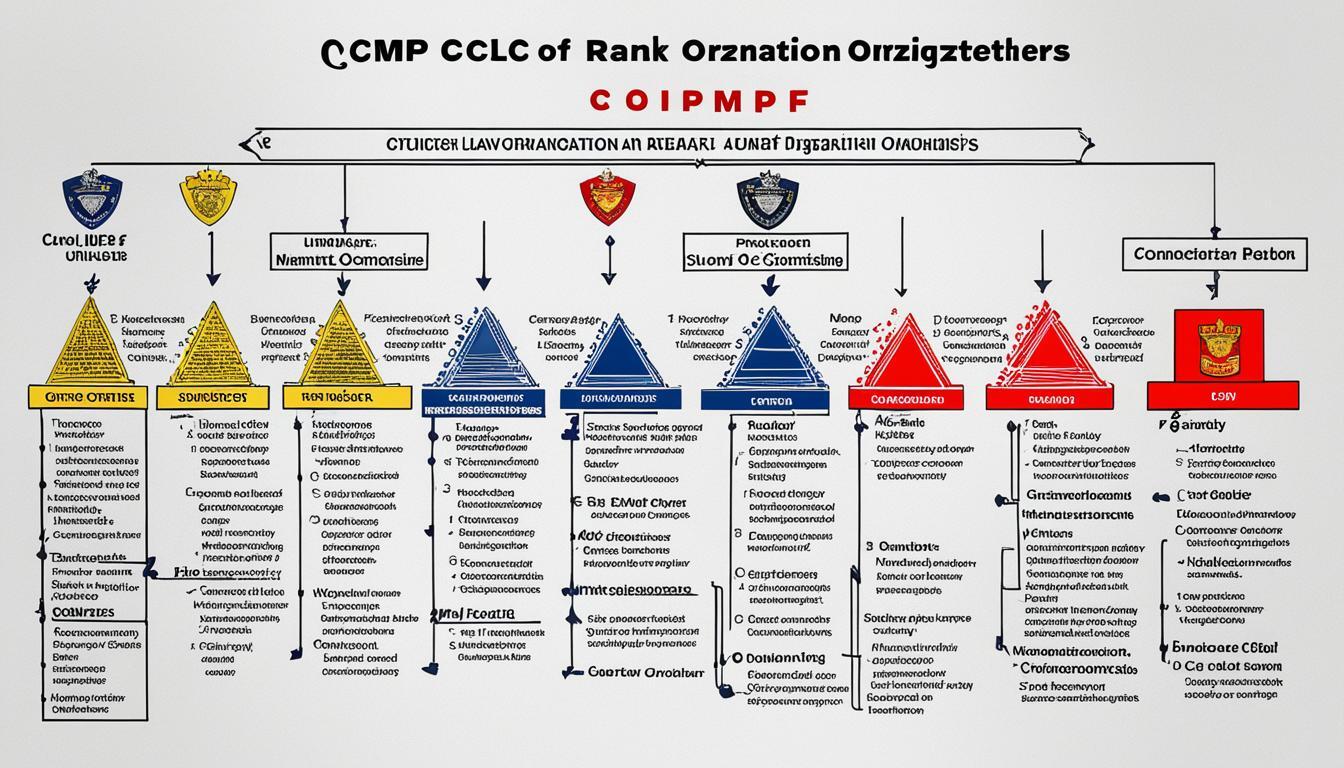
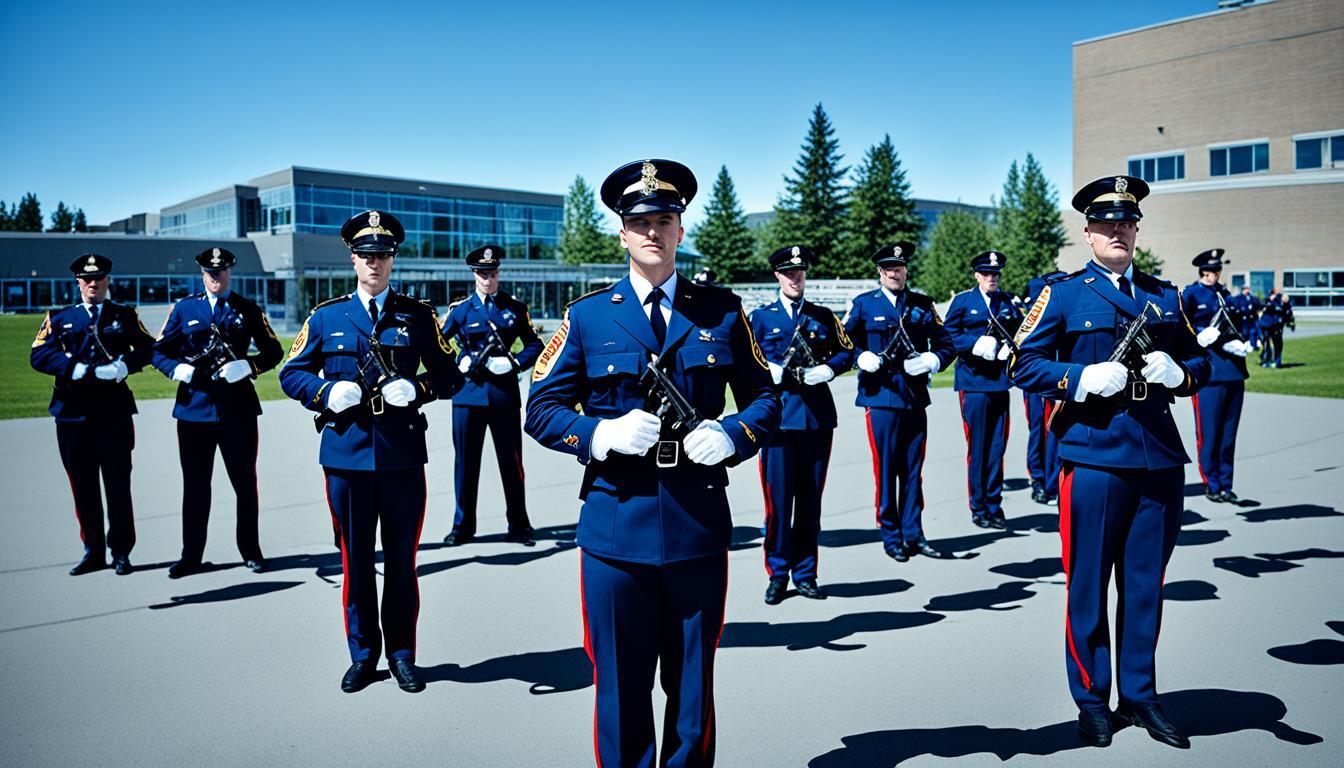

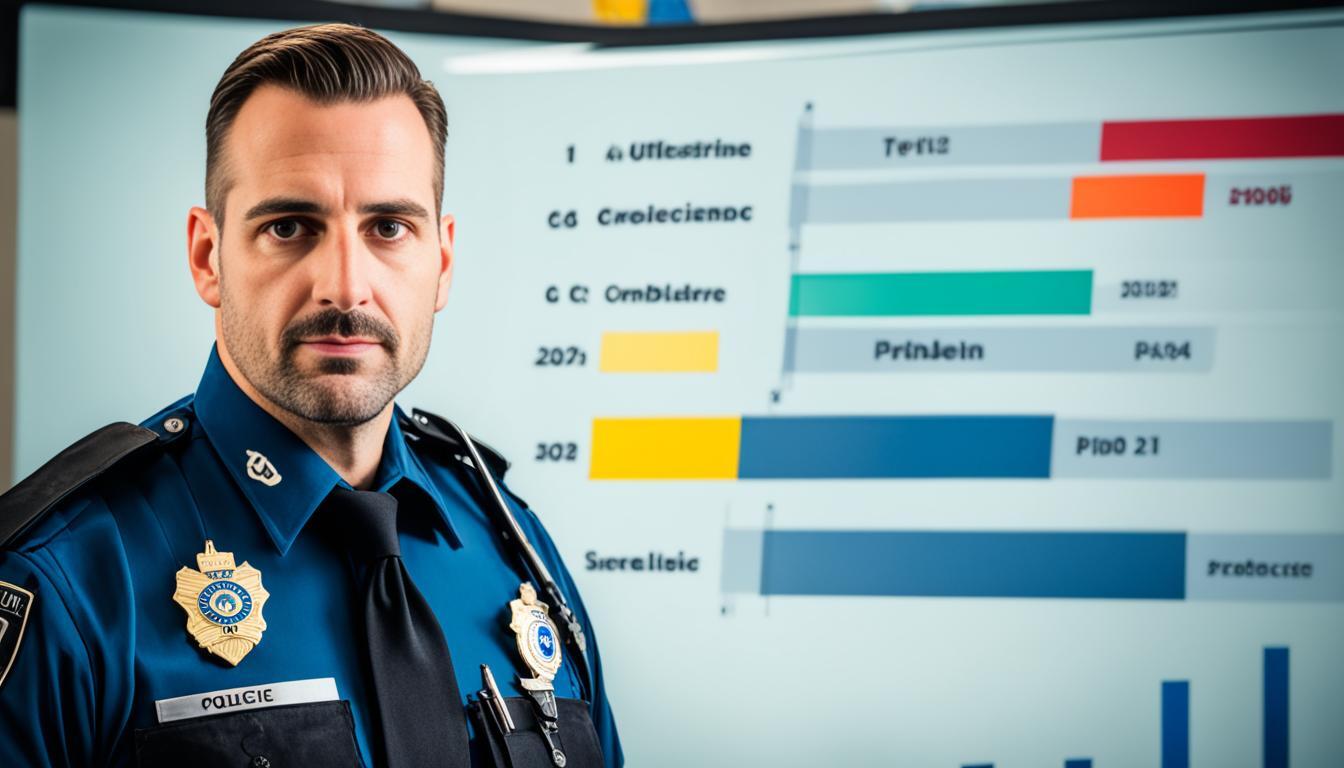











Post Comment